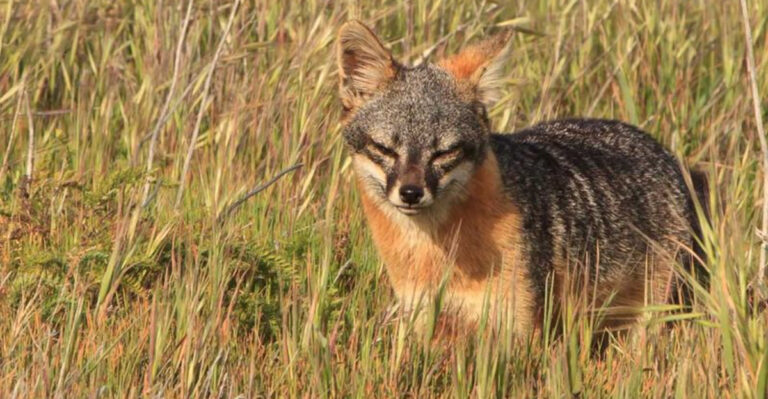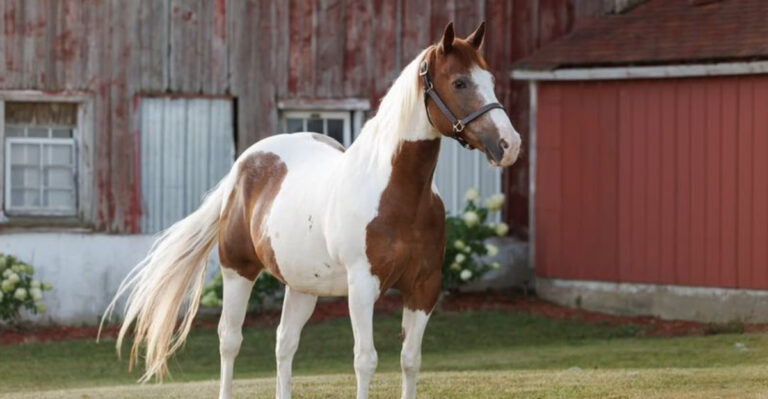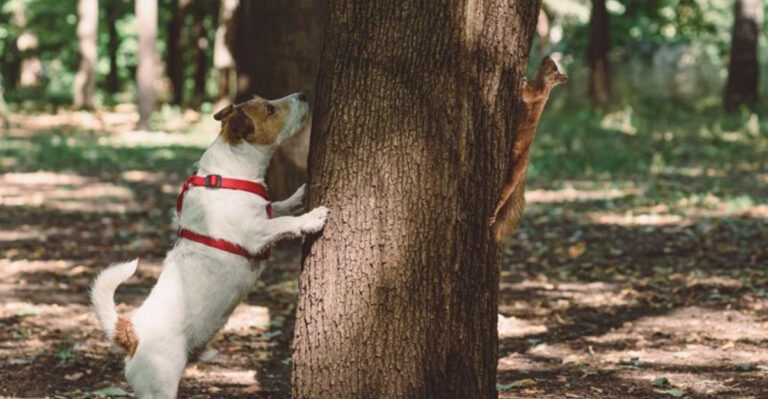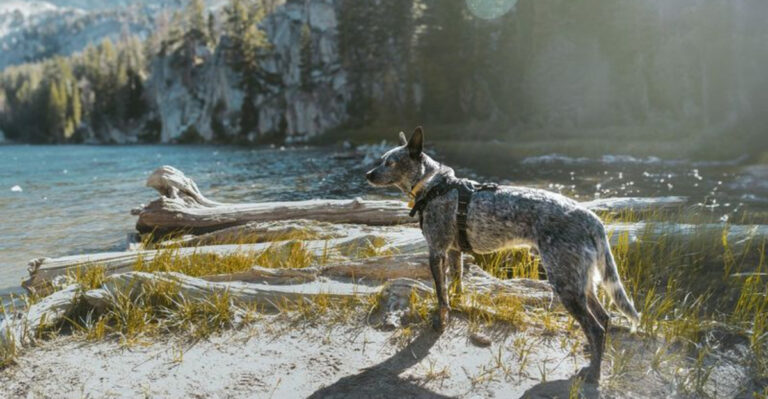Big Possum That Lived 60 Million Years Ago Unearthed In Texas
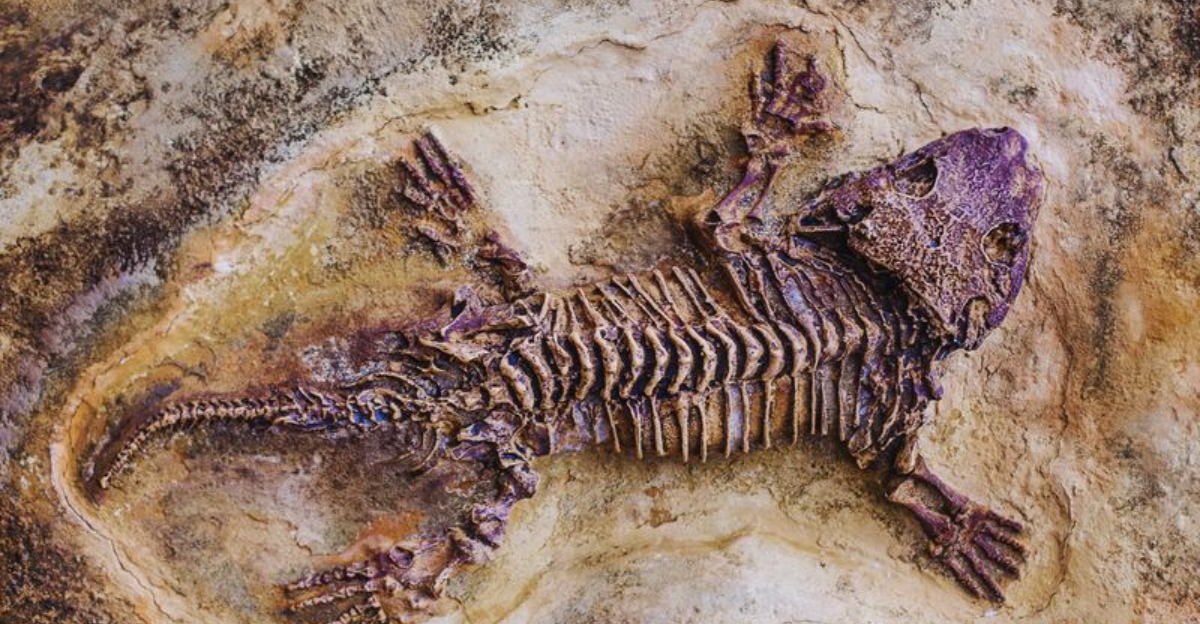
Scientists have made an incredible discovery in the heart of Texas that’s changing what we know about early mammals.
A giant possum-like creature that roamed the earth shortly after dinosaurs disappeared has been found in Big Bend National Park.
This ancient marsupial, named Swaindelphys solastella, gives us a fascinating glimpse into how mammals evolved and thrived after the catastrophic extinction event that wiped out the dinosaurs.
Unearthing The 60 Million-Year-Old Fossil In Big Bend National Park
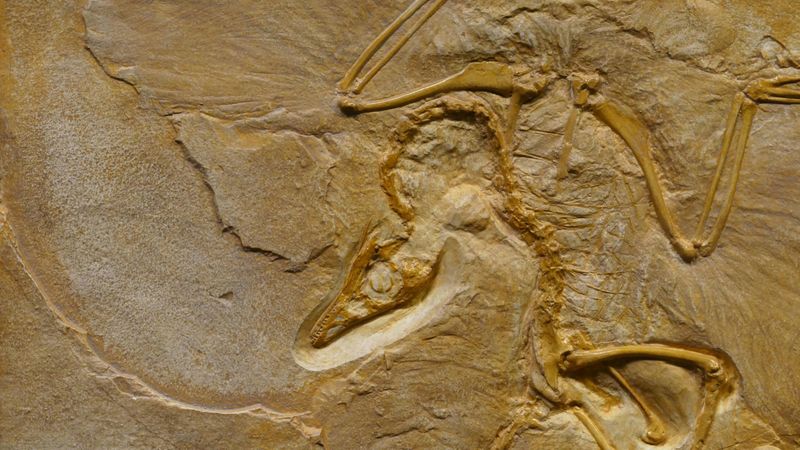
Hidden among the rugged landscapes of West Texas lay a paleontological treasure waiting to be found. The fossil was initially collected in the 1980s but remained unstudied for decades in museum storage.
Only recently did researchers recognize its true importance when examining specimens from this famous national park. The arid conditions of Big Bend proved perfect for preserving this ancient creature’s remains.
Introducing Swaindelphys Solastella: The Ancient Marsupial-Like Mammal
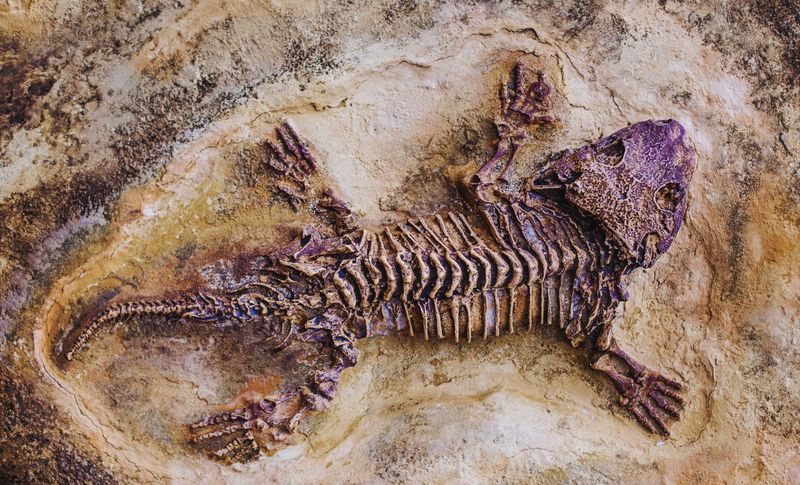
Named after paleontologist Dale Swaindelphs and the Latin words for ‘sun’ and ‘star,’ this creature represents a crucial missing link in mammalian evolution. Scientists believe it belonged to a group called metatherians – ancestors of modern marsupials like opossums and kangaroos.
Unlike today’s possums, this ancient relative lived during the Paleocene epoch when mammals were just beginning to diversify after dinosaurs vanished.
How The Fossil Was Discovered And Studied After Decades Of Dormancy
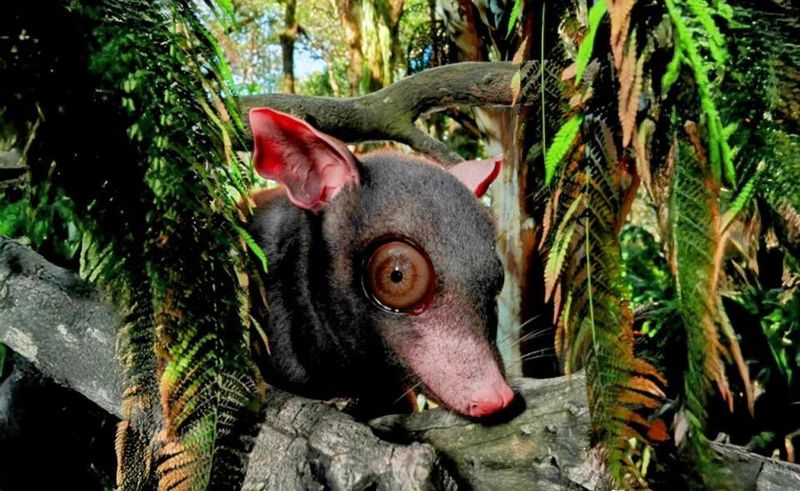
Talk about a lucky find! The fossil sat unexamined in museum collections for nearly 40 years before researchers realized what they had. A team led by scientists from the University of Washington finally recognized its significance during a review of stored specimens.
Using advanced imaging techniques and comparative analysis, they identified unique dental features that distinguished this creature from other known species. Sometimes the biggest discoveries are hiding in plain sight!
The Significance Of Swaindelphys Solastella In Paleontology
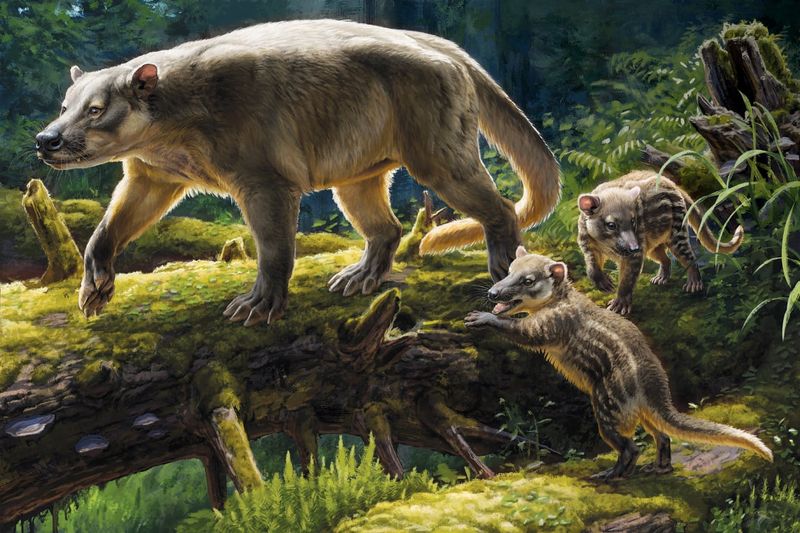
Why are scientists so excited about this discovery? Swaindelphys helps fill a crucial gap in our understanding of how mammals evolved after dinosaurs disappeared. The fossil dates to approximately 5-10 million years after the mass extinction event.
This timing makes it incredibly valuable for understanding how mammals responded to suddenly having new ecological niches available. The creature’s unique features suggest it was part of an early adaptive radiation that eventually led to modern marsupials.
Exploring The Size Of This Giant Ancient Possum
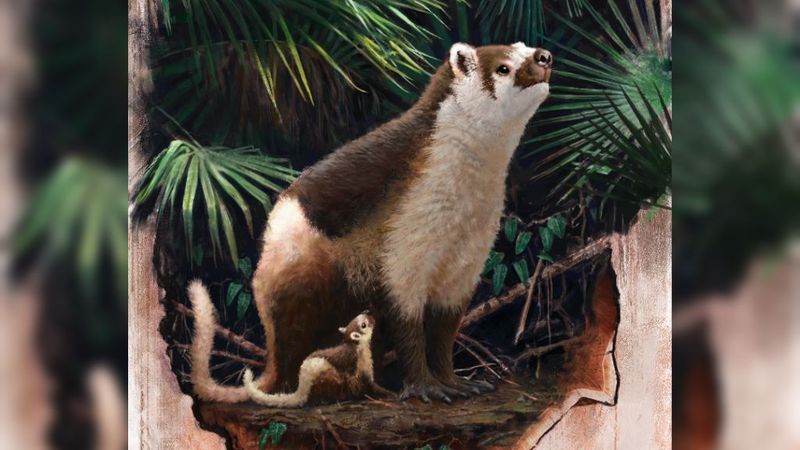
Forget the possums scurrying around your backyard – Swaindelphys was substantially larger! Based on the jaw fragments and teeth discovered, scientists estimate this creature was roughly the size of a modern raccoon or small dog.
Its larger size likely gave it advantages in the post-dinosaur world. Weighing approximately 10-15 pounds, it would have been one of the larger mammals of its time, as most Paleocene mammals were still relatively small.
What The Fossil Reveals About Early Mammals After The Dinosaur Extinction
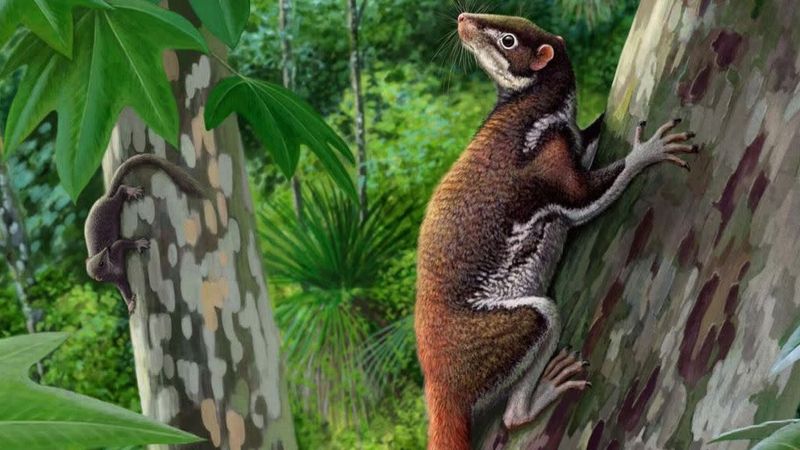
Amazingly, the teeth of Swaindelphys tell us it was likely omnivorous, capable of eating both plants and small animals. This dietary flexibility may explain how it thrived in the changing post-extinction environment.
The fossil also shows signs of specialized adaptations not seen in earlier mammals. Its teeth suggest it could process a wider variety of foods than its predecessors, pointing to rapid evolutionary innovation during this critical period of Earth’s history.
Understanding The Role Of Swaindelphys Solastella In Early Mammalian Evolution
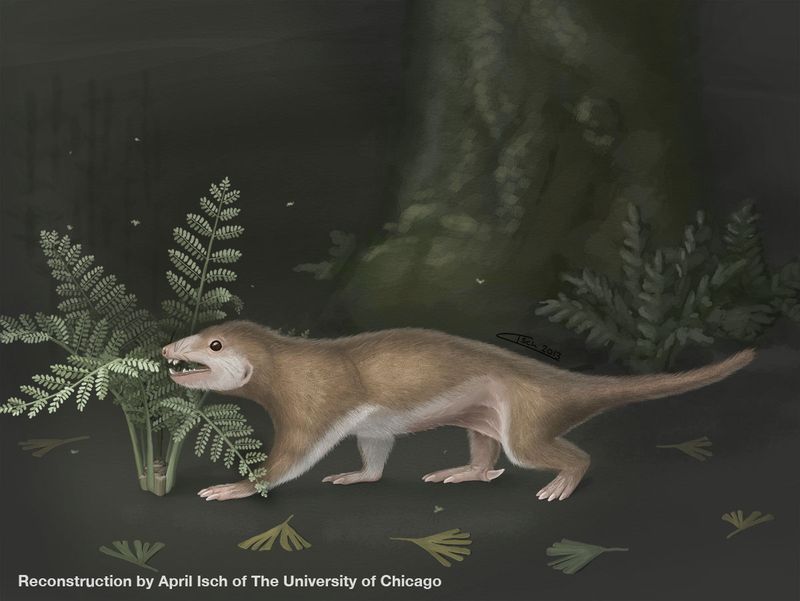
Before dinosaurs checked out, mammals were mostly small, nocturnal creatures living in the shadows. Swaindelphys represents one of the first waves of mammals that began exploring new lifestyles after the big reptiles disappeared.
Its anatomy suggests it was likely more active during daylight hours than its ancestors. This shift from nocturnal to diurnal behavior marks a major evolutionary transition that eventually led to the diverse mammal species we see today.
The Discovery’s Implications For The Ecological Niches Of Paleocene Mammals
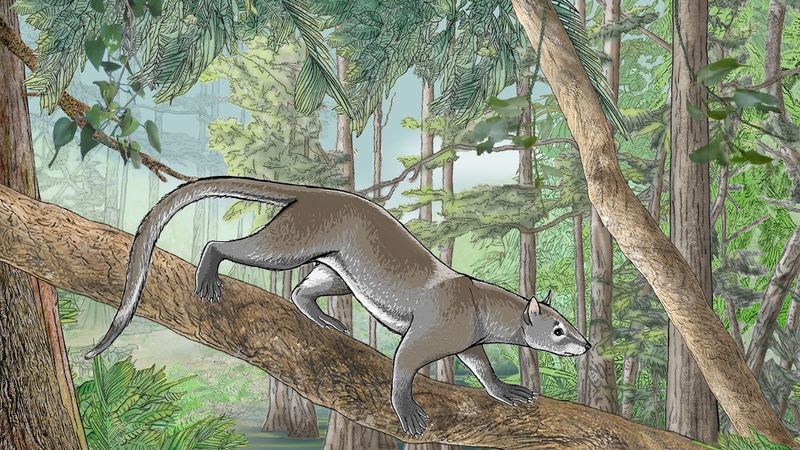
The Paleocene was like a grand experiment in evolution, with mammals trying out new ways of living. Swaindelphys appears to have occupied a middle-level predator niche, hunting smaller animals while avoiding larger predators.
Its body structure suggests it was partially arboreal, meaning it likely spent time in trees. This combination of traits shows how mammals were beginning to specialize and divide up available resources, laying groundwork for modern ecosystems.
Texas As A Rich Paleontological Hotspot For Fossil Discoveries
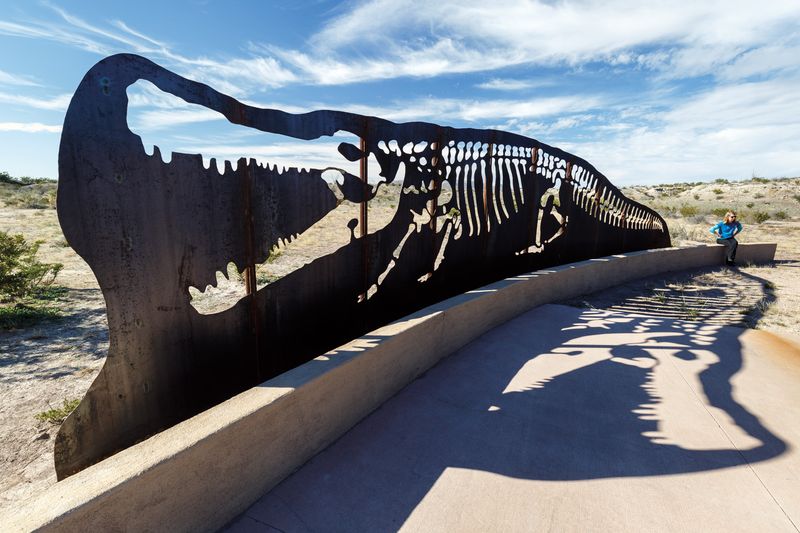
The Lone Star State hides countless ancient treasures beneath its rugged surface! Big Bend National Park has yielded numerous important fossils beyond just Swaindelphys, including dinosaurs, ancient crocodiles, and other early mammals.
The region’s unique geology preserved these remains exceptionally well. Layers of sediment that accumulated in ancient rivers and floodplains created perfect conditions for fossilization, making Texas one of North America’s most important windows into prehistoric life.

